Description
Service: Air Force Instituted: 15 March 2007
Authorized: AFI 36-2803
Issuing Country: ( US ) – UNITED STATES
Authorized: AFI 36-2803
Issuing Country: ( US ) – UNITED STATES
| Service: Air Force Instituted: 15 March 2007 |
Authorized: AFI 36-2803 Issuing Country: ( US ) – UNITED STATES |
Description:
- Nomination for the award of the AFCAM will be restricted to members of the US Armed Forces who on or after 11 September 2001:
- Deliberately go into the enemy’s domain (outside the wire) to conduct official duties, either on the ground or in the air, and have come under enemy fire by lethal weapons while performing those duties, and are at risk of grave danger; or,
- While defending the base (inside/on the wire), must have come under fire and engage the enemy with direct and lethal fire, and are at the risk of grave danger; or
- Are personnel in ground operations who actively engage the enemy with direct and lethal fires also may qualify even if no direct fire is taken, as long as there was risk of grave danger and meets other criteria.
- Retroactive awards prior to 11 September 2001 are not authorized.
- No patch or badge equivalent for wear on the Airman Battle Uniform will be authorized or worn.
- Members who have previously received the Army Combat Infantryman Badge, the Army Combat Action Badge, the Army Combat Medical Badge, or Navy Combat Action Ribbon while assigned to Sister Service units may submit a copy of that award, along with other documentation, to the appropriate chain of command for consideration of the AFCAM.
- The AFCAM may be awarded to members from the other Armed Forces of the United States and foreign military members serving in a US Air Force unit, provided they meet the award criteria. Refer to Chapter 9 for more information and guidance in awarding US decorations to foreign individuals.
- Members who meet the approved criteria must provide proper documentation to their commander, who will review and recommend approval. The required documentation must be accomplished on the AF Form 3994, Recommendation for Decoration Deployment/Contingency Operations, to include as a minimum: a narrative explanation of the circumstances (date, time, location, event description, other members present, etc.), submitted by a person with first-hand knowledge of the incident through the commander to the first colonel in the operational chain who will then submit to the approving official (i.e., COMAFFOR). If necessary, a narrative detailing the event, possibly attained by coordination with a senior leader who was in a position to know of the event, and endorsed by no less than the member’s current wing commander attesting to the veracity of the content, will suffice.
- The narrative must contain details on how the member was in grave danger (e.g., enemy action, fragmentation zone, type of enemy fire, blast radius, mounted/dismounted, proximity to weapons fire, where rounds impacted, damage to equipment or vehicles, injuries sustained by the occupants in the vehicle or surrounding area, etc. In a ground event, state size of team, patrol or convoy, where the member was located in the team, patrol or convoy (e.g., vehicle 3 of 29) and what the member’s duties were.
- Additional supporting documentation, such as CED orders, finalized travel vouchers, decorations or letters of evaluation; and sketches, maps, diagrams, and photographs which support the award, may also be submitted with the narrative.
- Authorized Device: A gold star will be worn to recognize subsequent operations when approved by the Chief of Staff of the Air Force.
Background:
- In conjunction with the Army Institute of Heraldry, the medal was designed by Susan Gamble, a professional artist and Master Designer for the U.S. Mint. Her husband, Mike Gamble, is an Air Force colonel, and she was quoted by the Washington Post as saying, “It was just a real pleasure to give this back to the Air Force that’s been part of my life.” She based the medal on an insignia painted on an aircraft piloted in World War I by General Billy Mitchell, generally known as the father of the Air Force.
- A laurel wreath surrounds an eagle emblem executed in a simple, linear Art Deco style. The eagle faces right, over the right talon clutching arrows, to reflect that this is a combat medal. The left talon clutches an olive branch. The ribbon’s diagonal stripe at first could not be manufactured in the United States; but military medals cannot be manufactured outside the U.S. This design problem was resolved when a mill in Bally, Pennsylvania, Bally Ribbon Mills, bought a new loom specifically to weave the diagonal stripe. A Rhode Island firm, Ira Green Inc. in Providence, made the metal parts.
- The medal is the only Federal award of the United States military to have a diagonally patterned ribbon, much like various British awards (such as the Distinguished Flying Cross).All Rights Reserved MilitaryWives.com, Inc. http://www.militarywives.com

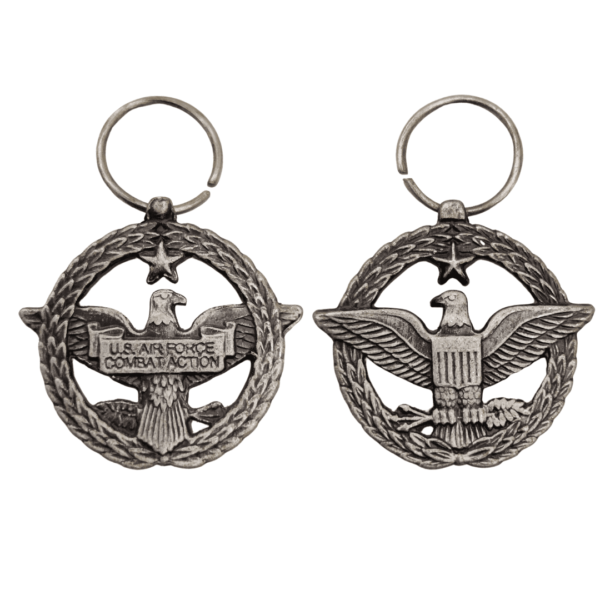




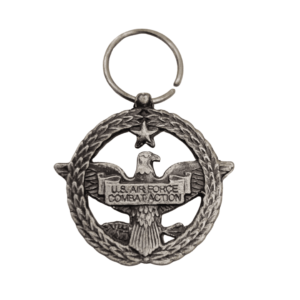
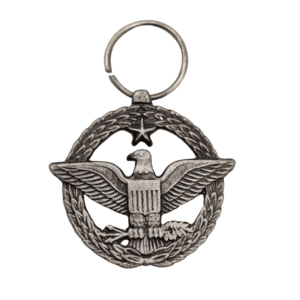
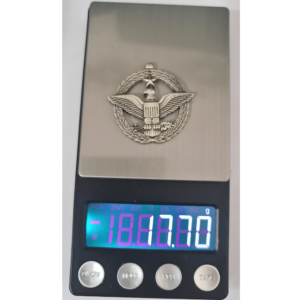
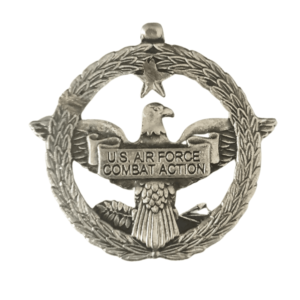

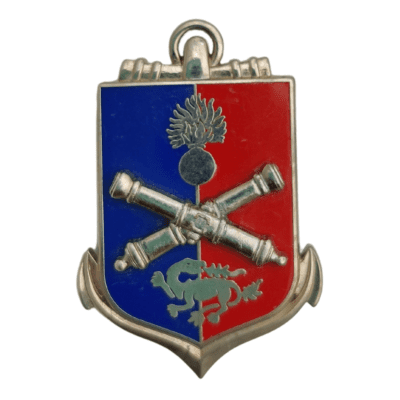

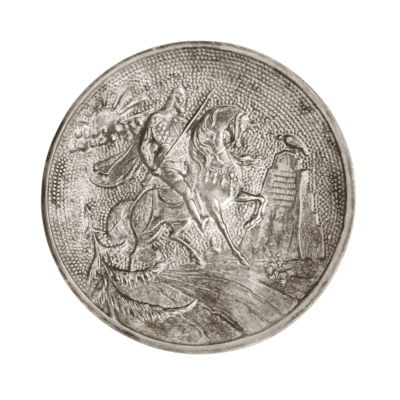
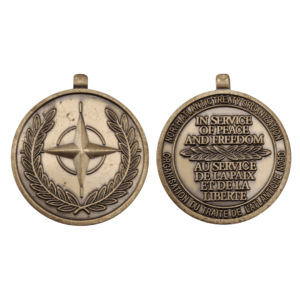
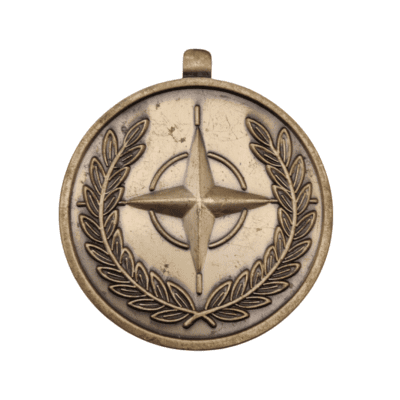
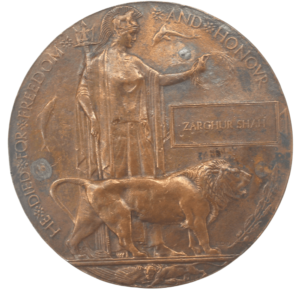
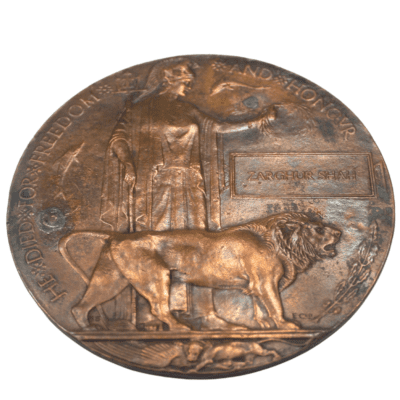

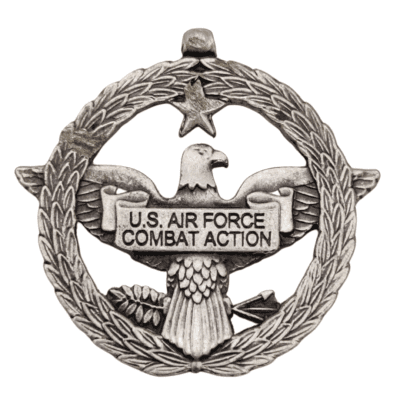

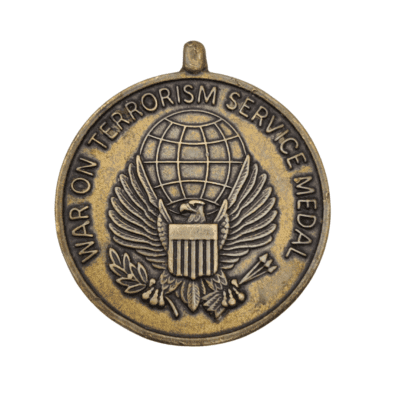
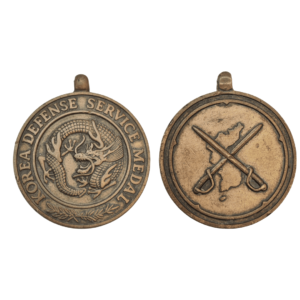
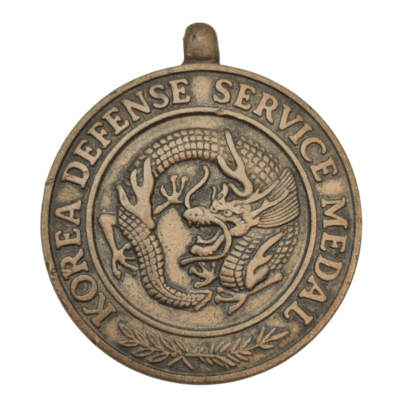

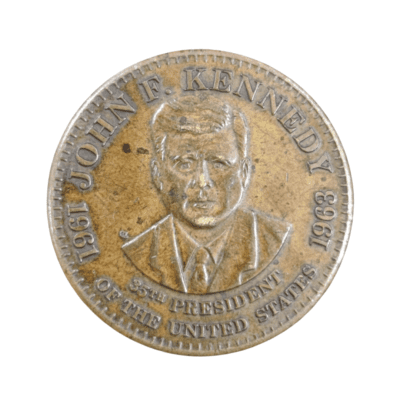
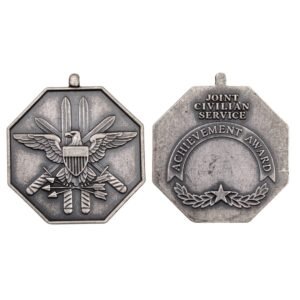
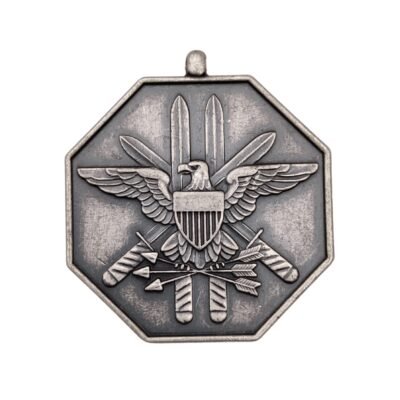
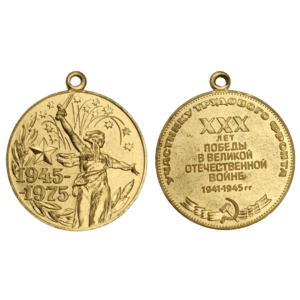
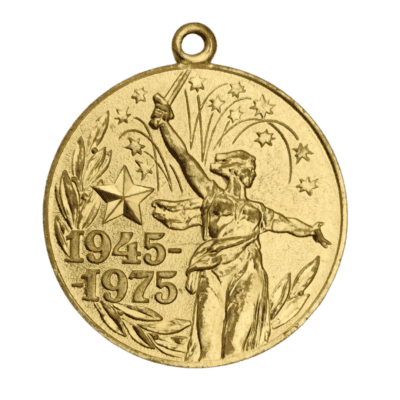
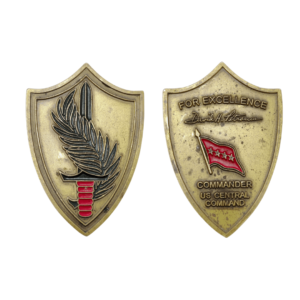
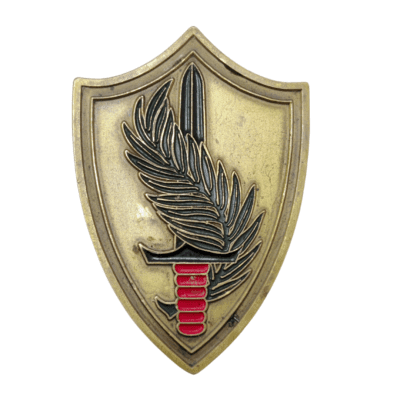

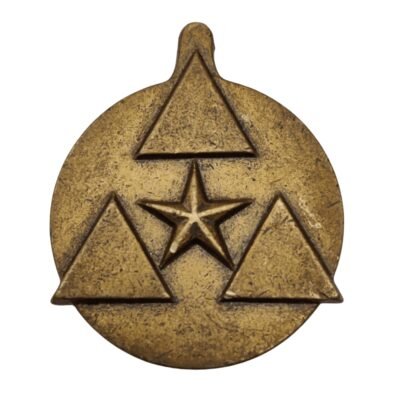
Reviews
There are no reviews yet.